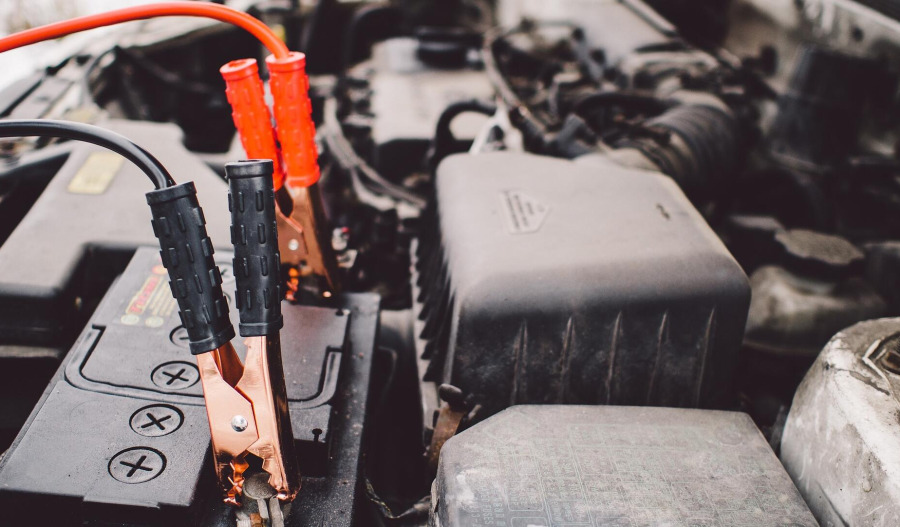BHP (ASX: BHP) shares rose 0.5% to $41.69 in early trading as the mining giant delivered a 60% final dividend payout ratio exceeding analyst expectations, though overall earnings declined on weaker commodity prices.
The world's largest mining company posted revenue of US$51.3 billion for the FY25, down 8%, while profit fell 26% to US$10.2 billion.
However, BHP's operations kept their heads above water through challenging market conditions, with record copper production of over 2 million tonnes (Mt) and record iron ore output of 263Mt.
A final dividend of 60 cents per share takes total FY25 dividends to US$1.10 per share, compared to US$1.46 in FY24.
Macquarie analysts highlighted an 18% beat in the final dividend, noting “the re-prioritisation of capital and net debt increase were a key positive; we think this supports higher returns in the future.”
BHP exceeded copper production of over 2Mt for the first time, driven by a 16% increase at Chile's Escondida mine to 1,305kt. The 263Mt of iron ore output also set records, with South Flank exceeding nameplate capacity.
Commodity price declines, however, offset operational gains. Iron ore averaged US$82.13/t down 19% from FY24, while steelmaking coal fell 27% to US$193.82/t.
The price weakness drove underlying EBITDA down 10% to US$26.0 billion, though BHP maintained robust 53% margins.
Net debt rose to US$12.9 billion with gearing at 19.8%, while the company raised its target range to US$10-20 billion.
BHP's copper division now contributes 45% of group underlying EBITDA compared to 29% in FY24, with copper EBITDA surging 44% to US$12.3 billion.
Operations
At Escondida, production increased 16% while unit costs fell 18% to US$1.19 per pound. This positions BHP advantageously as global copper demand is projected to increase 50-70% by 2035 from renewable energy infrastructure and electric vehicle manufacturing.
The Big Aussie reiterated its hardline stance on Queensland's progressive coal royalty regime, warning it would make no further investments while current rates remain.
"With no change to the ongoing negative impacts of extreme royalty rates, we will maintain our existing position of not investing in any further growth at BMA," the company stated, noting some lower-margin mines could face mothballing if coal prices remain weak.
The Queensland government's three-tiered system imposes 40% tax on coal above $300/t, delivering $9.4 billion in extra revenue since its introduction.
For its outlook, BHP is turning its focus on "future-facing commodities", aligning with energy transition trends, with 70% of medium-term capital allocated to copper and potash.
Major projects include the Jansen potash development and Vicuña copper joint venture following the US$2.1 billion acquisition last year.



